If you have a tropical aquarium, keeping the temperature within optimal ranges is important. Here’s how you can ensure your tropical aquarium’s temperature is perfect.
Tropical aquarium temperature should be regulated between 75°F and 80°F, or 24°C-27°C. To achieve this, you’ll want to invest in a heater to keep your tank at the right temperature, as well as a thermometer to monitor tank temperature.
Read on to learn why it’s important to keep your tropical aquarium temperature regulated and how you can maintain temperatures.

Table of Contents
What Is the Ideal Water Temperature Range for Tropical Aquariums?
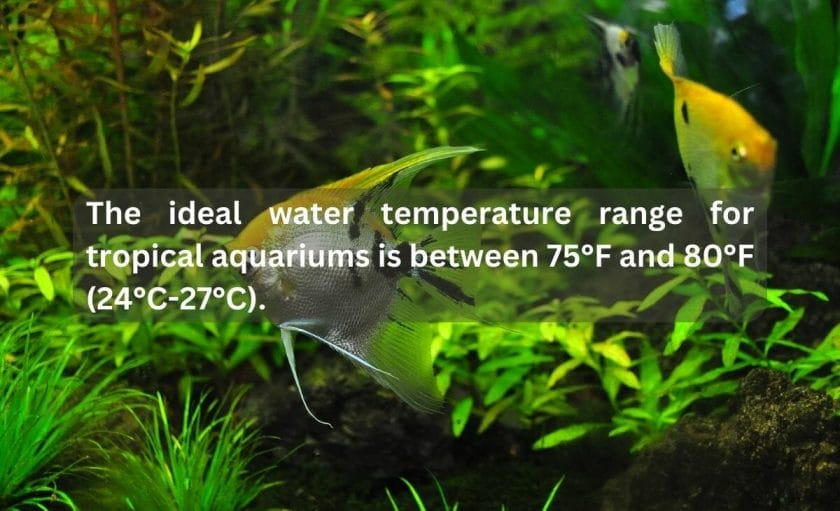
The ideal water temperature range for tropical aquariums is between 75°F and 80°F (24°C-27°C).
Here’s a helpful breakdown of some common tropical fish temperature range preferences:
| Species | Preferred Temperature |
| Cichlids | 73-82°F (23-28°C) |
| Angelfish | 78-84°F (26-29°C) |
| Betta fish | 76-85°F (24-29°C) |
| Corys | 74-80°F (23-27°C) |
| Danios | 70-78°F (23-27°C) |
| Goldfish | 68-74°F (20-23°C) |
| Guppies | 72-82°F (22-28°C) |
| Plecostomuses | 74-80°F (23-27°C) |
| Rasboras | 75-80°F (24-27°C) |
| Tetras | 75-80°F (24-27°C) |
As you can see, most tropical fish fall within the 75°F-80°F temperature range, but some prefer to be a little on the warmer or colder side of that spectrum, so make sure you accommodate your fish according to their species’ preferences.
Why Do Tropical Aquarium Temperature Need to Be Regulated?
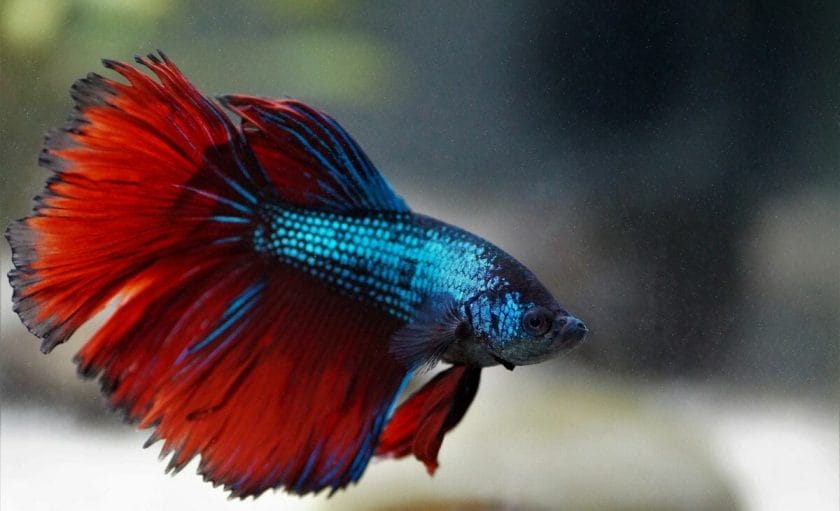
It’s important to mimic a tropical fish’s natural environment as much as possible for their well-being. These tropical conditions are what your fish would prefer in the wild, so it makes sense to incorporate that thinking into your aquarium.
It’s also important to regulate aquarium temperature to avoid one negative outcome: stress.
Fish in the wild are capable of adapting to much wider temperature ranges than in an aquarium because, in rivers, streams, and other tropical environments, the water takes much longer to warm up.
An aquarium can heat up or cool down very quickly, and it’s these stark temperature changes that prove to be so harmful to your fish. Fast changes in temperature cause stress for fish, which is arguably the number one cause of death in fish.
Stress not only interferes with the well-being of your tank inhabitants, but it can also compromise their immune system, making them more susceptible to nasty diseases and parasites that they would otherwise be able to fend off.
It’s important to cater your tank’s temperature range to suit your fish, but it’s arguably even more important to keep consistency within that range.
As an aside, live plants, too, are affected by sudden changes in temperature, which is yet another reason why regulating your tank conditions is so important.
How to Regulate Your Tropical Aquarium Temperature
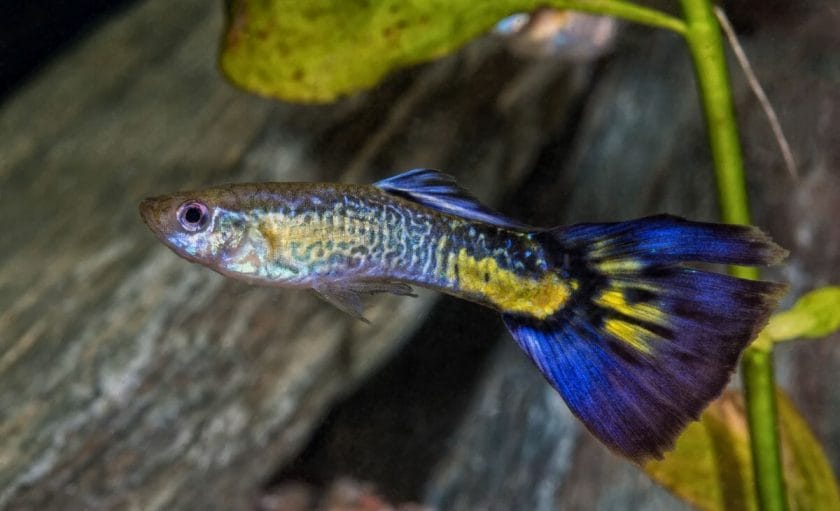
In order to regulate your tropical aquarium’s temperature, you’ll need two essential items:
- a thermometer
- a heater
Using a Thermometer
The thermometer (obviously) is designed to measure the temperature in your tank and let you know when adjustments need to be made.
You can get free-floating thermometers, but I recommend ones with a display that you can suction to the outside of the tank. The sensor is placed inside the tank (also on a suction cup), and you can position the entire setup near the backside of your tank so that it’s not an eyesore.
I like to use this setup because it lets me quickly check that the tank conditions are still within suitable parameters.
Using a Heater
There are lots of different heaters out there that you can choose from, but I recommend this submersible heater by Via Aqua.
It’s adjustable, gets the job done, and suctions nicely to the side of your tank; moreover, it has a helpful thermostat feature that I’ve found to be very reliable.
One important safety tip to remember is to always remember to turn your heater off when doing water changes because if the water level drops below the position of the heater, the quartz can shatter.
In general, you’ll want to use your heater 24/7. You’ll want to pay especially close attention to your tank in the winter, since that’s when temperatures in your home will fluctuate the most, potentially leading to shifts in your tank.
Make sure you purchase a heater that’s the right size for your tank, since one that’s too small won’t be able to emit enough heat to keep up with the influx of colder air, particularly during winter.
What to Do If Your Aquarium Temperature Is Too Low

If your aquarium temperature is too low, then it’s probable that your heater isn’t strong enough. Check the wattage on your heater and review the instructions on the box to determine what size tank the heater is intended for.
Providing your tank with more light can help boost the temperature a little bit more, but this should always be in the form of artificial light. Moving your tank in front of a window is never a good idea, since sunny conditions can very quickly prompt the growth of algae, leading to unwanted blooms.
What to Do If Your Aquarium Temperature Is Too High
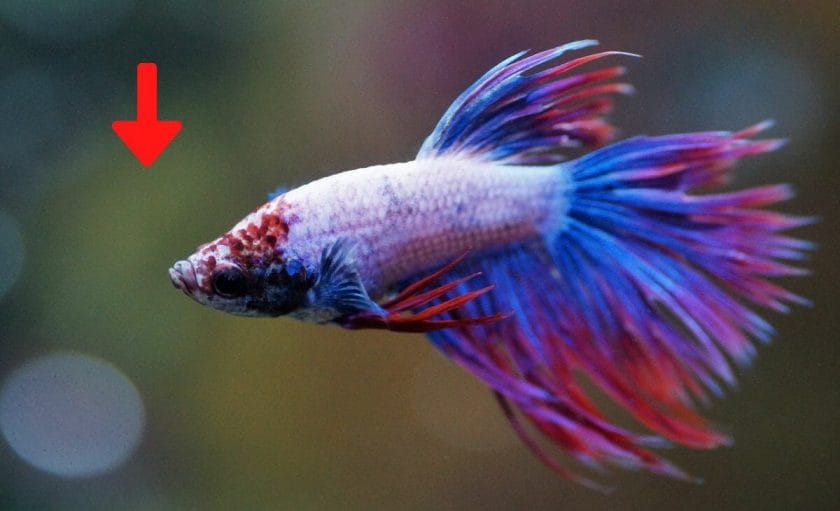
If your temperature is too high, then you might consider whether your heater is set too high or too powerful for the size of the aquarium.
If your area experiences warm temperatures year-round, such as in Florida, consider turning off your heater during the warmer summer months and only using it during the winter.
Again, make sure your tank isn’t in the sun, since doing so can prompt temperature fluctuations throughout the day, as well as promoting the growth of algae.
More aeration can help provide a little cooling, since the gas exchange provided by plants and your air pump circulate the water, cooling it somewhat. Besides, oxygenation is always good for your fish to prevent stagnation and, once again, the unwanted formation of algae.
In rare instances, you might find that a tank chiller is necessary to level out your temperatures, but I generally find that too-warm tanks are a result of poor placement or a wrongly configured heater. Still, it’s something to consider if your tank temperatures are consistently too high.
FAQs
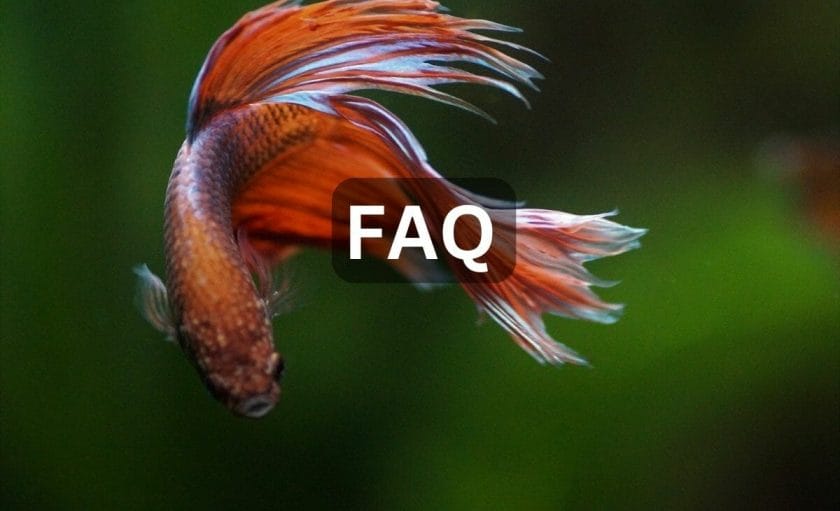
What Is the Best Heater for a Fish Tank?
In my opinion, the best heater that blends both value and usefulness is the Via Aqua Quartz Submersible Heater. It’s a great choice for any freshwater aquarium. Just make sure you choose the wattage that suits your tank size.
What Temperature Is Too Hot for Tropical Fish?
Even for fish that prefer to be on the higher end of the tropical spectrum, 82°F is usually a little too warm. At this temperature, you start to run the risk of overheating, and that concern also applies to your plants.
Conclusion
There are lots of great fish you can consider if you’re setting up a tropical aquarium for the first time, but you should never neglect the important step of regulating your tank’s temperature.
Fish need consistency, both in the temperature and chemical composition of the water, and monitoring tank temperature and conditions will reduce disease and give your fish a better quality of life.
Be sure to check out the detailed instructions above to see how you can raise or lower the temperature in your tropical aquarium!